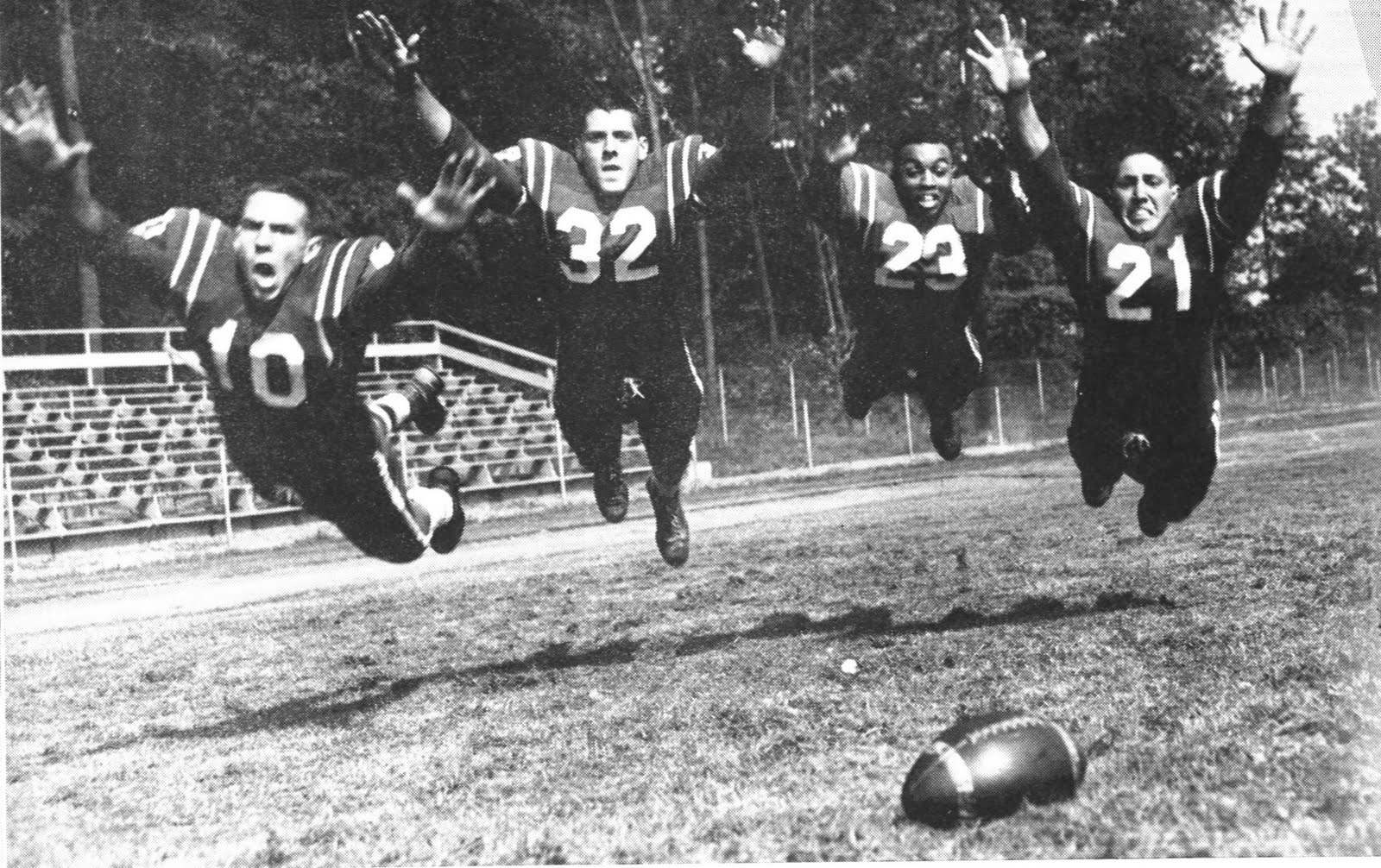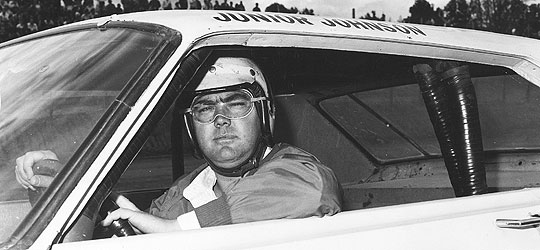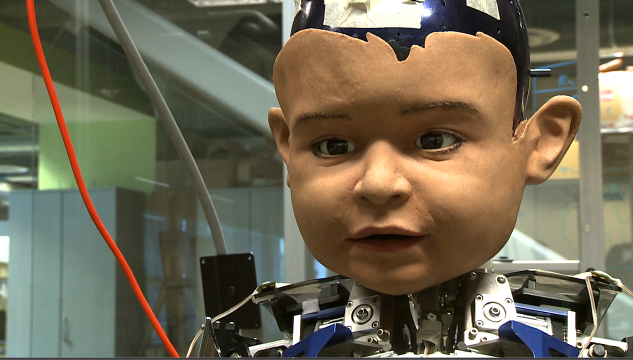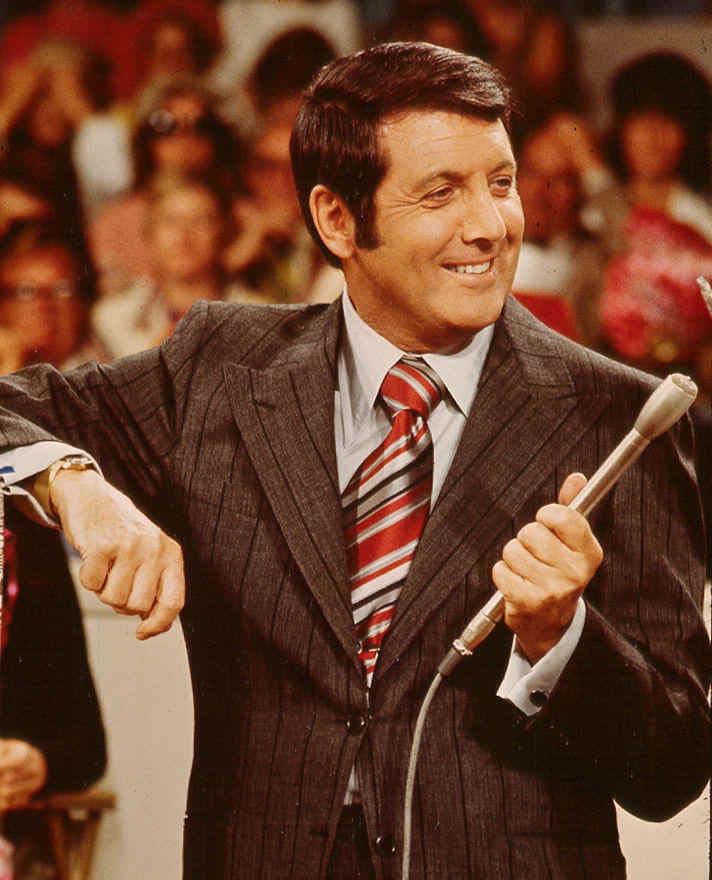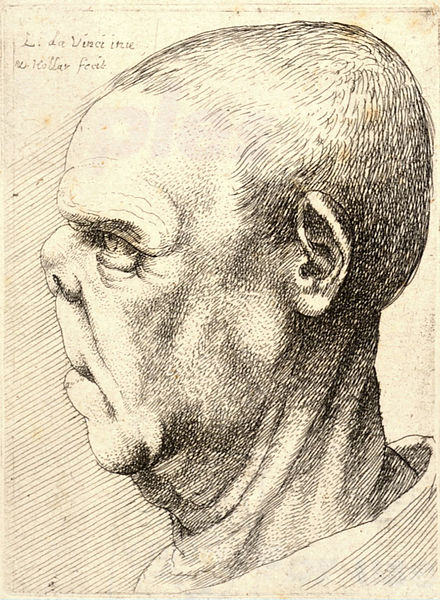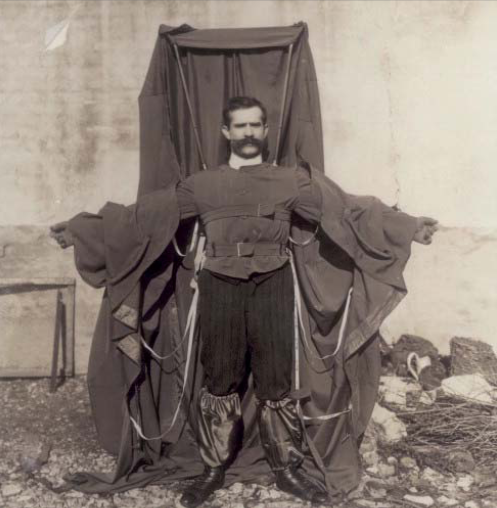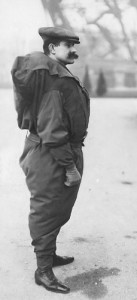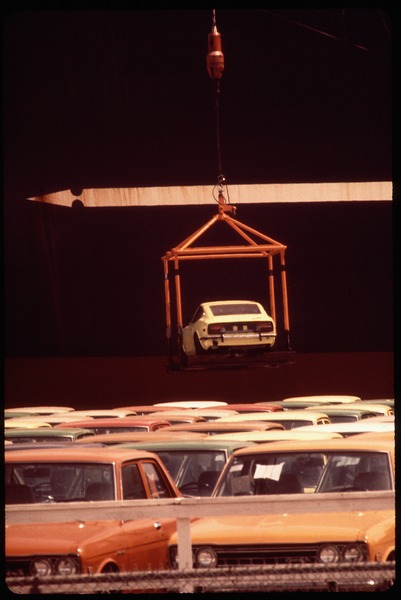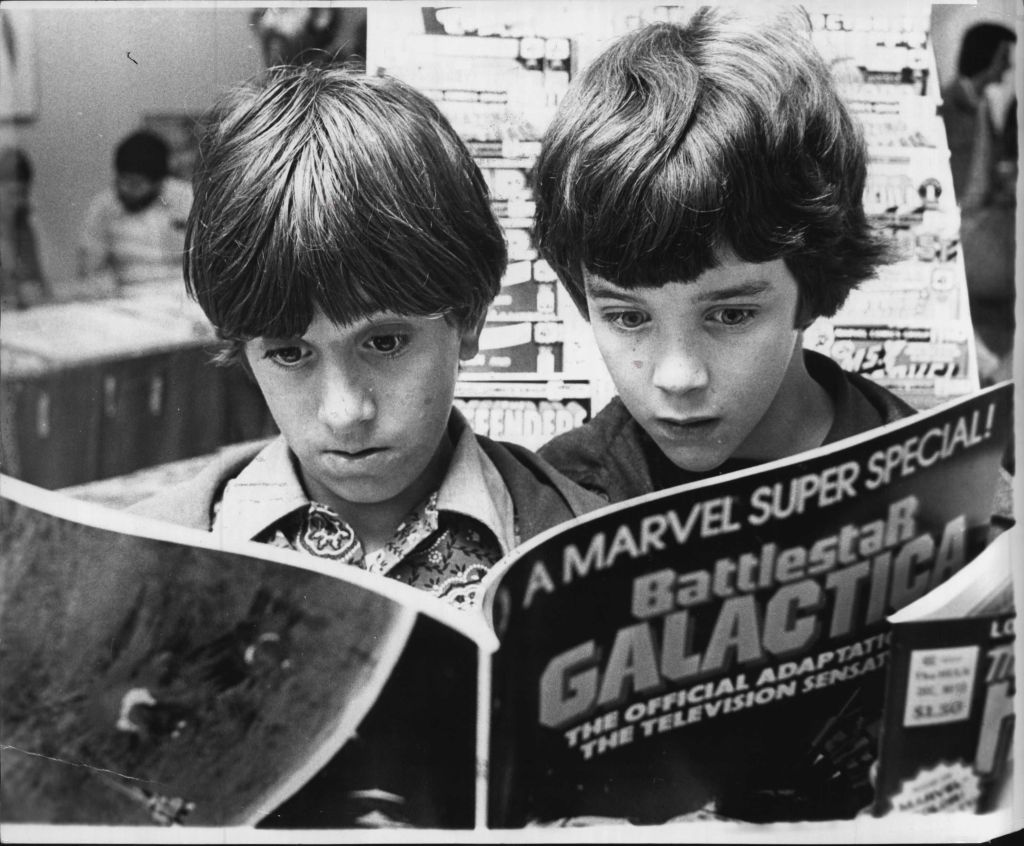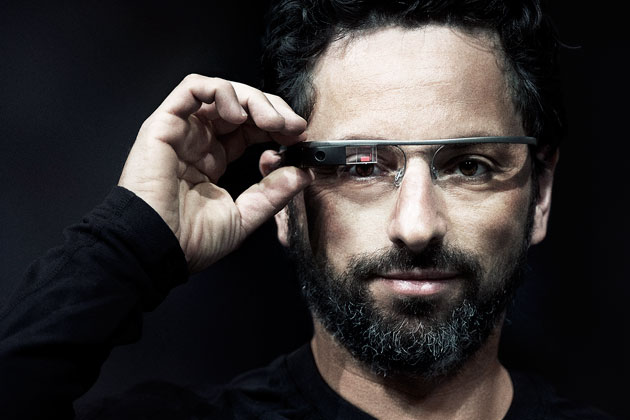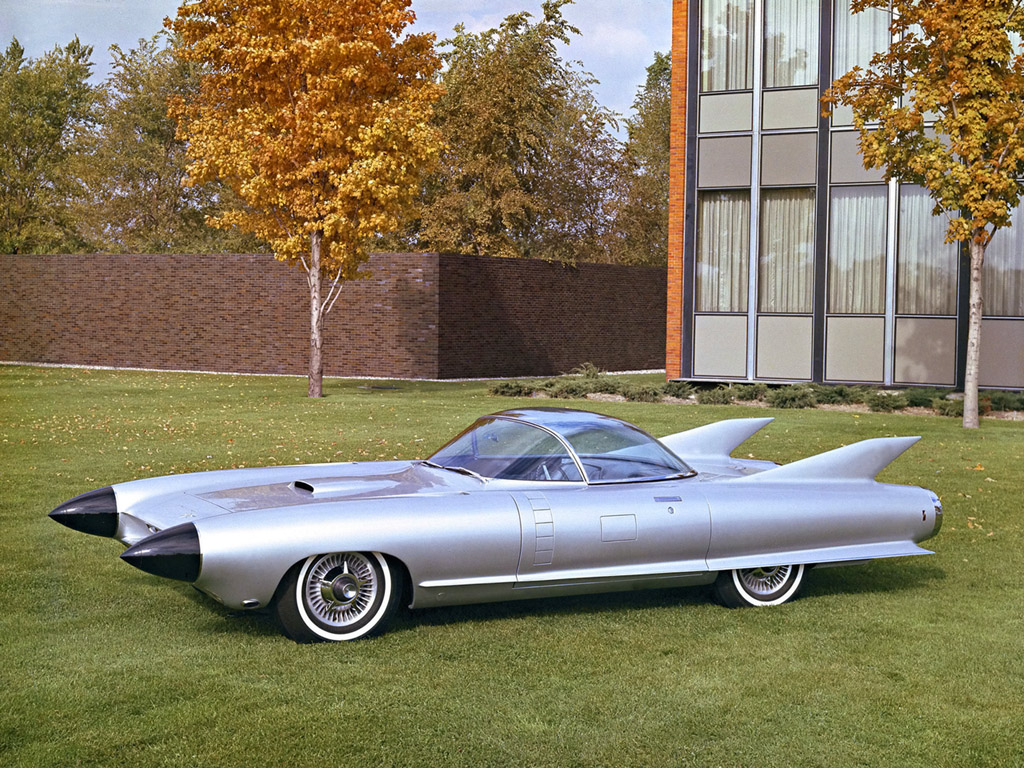
“Their first movements angered the bird, indicating their nearness to his nest.”
When Ben Franklin wasn’t busy with orgies, teetotalism or inventions, he took a moment to suggest that the turkey be made the United States’ official bird. Not a bad idea. Turkeys are resourceful as hell, can survive almost anything and are pretty good neighbors. The bald eagle, which instead won out, is admired for its fierceness, but such temperament rarely stays in check for long. That was the horrifying lesson learned by two California lads who happened too close to a bald eagle’s nest in 1895. The story from New York Times article of that year:
“Ukiah, Mendocino County, Cal.–Clinging to the side of Hill’s Peak, 1,000 feet above the canon bed, Willie and Eddie Briggs, aged thirteen and eleven years, fought a bald eagle for their lives Tuesday. The younger lad was knocked down repeatedly, and so torn by the talons and beak of the bird that he will lose his eyes and be disfigured for life. His life was saved by his brother’s heroic attack on the eagle with a short stick, beating it off. A party of men from Bachelor Valley organized when they heard of the eagle’s attack and succeeded in killing it. The bird measured eight feet eight inches from tip to tip of the wings.
For four years a large eagle has been noticed in the vicinity of Hill’s Peak, and it has been supposed it had a nest in that locality. Hill’s Peak is one of the most inaccessible and dangerous places in the neighborhood of Bachelor Valley. For some time farmers of the valley have missed lambs from their flocks and chickens from their yards, but not until lately did the eagle become so bold as to be caught in the act of making off with a lamb from the flock of Lemuel Briggs.
Seeing the swoop of the bird, Mr. Briggs went to the house for his gun, but before he could return the great American bird was far out of reach. He told his two boys to watch and see if they could find out where the eagle made its nest.
The next day, while tending a flock of sheep some distance from the house, the boys sighted the eagle near the peak and prepared to make the ascent. To do this they had to go up on the divide between Potter Valley and Bachelor Valley and get up back of the mountain on the north side. The south side is inaccessible, being a sheer precipice of about 1,000 feet at the foot of Doyle Creek.
Everything went smoothly with the boys until they were nearing the top, and knowing that the hardest part of their work was yet to come, they took a short rest, and then commenced their laborious work of climbing. The rock near the top is almost perpendicular, and they now had to use the greatest care, for a slip meant a fall to the bottom of the canon.
The boys had reached a little bench and were commencing to get their breath from their hard work, when without the least warning and before Eddie, the youngest, could put himself on his guard, the eagle came swooping down upon them and almost knocked the little fellow over the precipice. So sudden was the descent that they could not tell from which way the bird came.
 The eagle now commenced to circle around them, sometimes coming within striking distance. The two boys stood as close together as possible, to combine forces in case of another attack, which they realized would come sooner or later. They also tried to get to a place of safety.
The eagle now commenced to circle around them, sometimes coming within striking distance. The two boys stood as close together as possible, to combine forces in case of another attack, which they realized would come sooner or later. They also tried to get to a place of safety.
Their first movements angered the bird, indicating their nearness to his nest. Having for their weapons only the short poles they used in climbing, they were, as they soon realized, practically defenseless.
Every movement on their part was watched by the bird, and it was not long before the eagle, with a screech, made for the younger boy, this time knocking him down.
The position in which they were made it almost impossible for one to help the other and they were at the mercy of the fierce bird. The bird seemed to know this and to take advantage of it, and it now became a fight for life with the boys.
They determined, if possible, to retrace their steps. At every turn the eagle came swooping down upon them, making the fiercest attacks upon the smaller boy. Willie tried in every way to encourage his little brother, but from his exertions from climbing and from resisting the fierce attacks of the bird, the lad soon lost his strength and said he could go no further.
Realizing now that his only chance to save his brother would be to draw the bird’s attention to himself, Willie started off, telling Eddie to keep quiet and he would look for some place where they could defend themselves until their father could come to their assistance. He had not gone far when he heard piercing screams from his brother and returned immediately. He found a most horrible sight.
The eagle had pounced upon Eddie and was tearing his face, neck, and head with beak and talons. With almost superhuman effort Willie struck the bird a well-directed blow and it went screaming away. Willie found his brother insensible and covered with blood. He wiped the blood away as best he could, only to find one of Eddie’s eyes protruding from its socket and the other badly injured.
Fearing a new attack, Willie made frantic appeals to his father, whom he saw in the valley below. Loosening a large rock he rolled it down and was rewarded by his father’s attention being drawn upward. The boy made frantic gestures to his father, who saw something was wrong and started for the cliff. He reached them, and by dint of hard work the disfigured boy was carried to his home and medical attention secured. His right eye is lost, and the probability is that the sight of the other is destroyed.
The people in and around the valley organized a party and went out looking for the eagle. They came upon the bird yesterday and succeeded in shooting it.”




